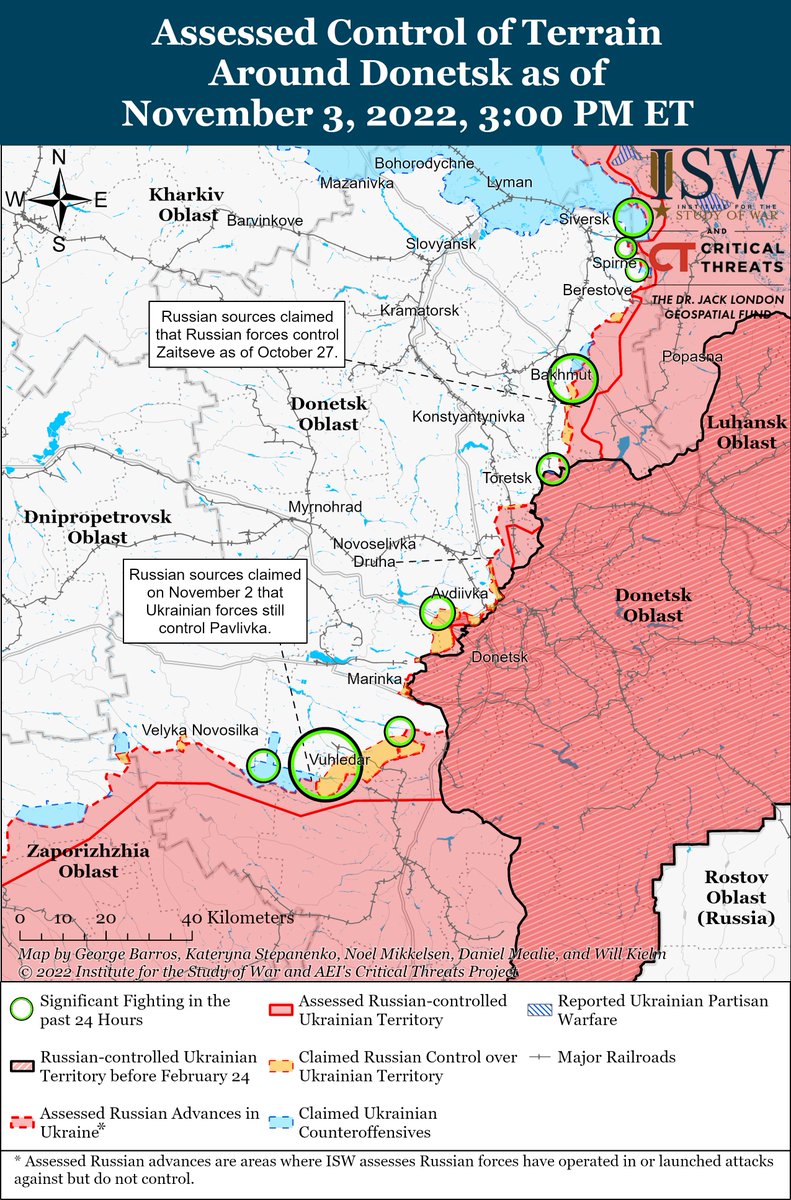
#Russian force generation efforts combined with Western sanctions are having long-term damaging effects on the Russian economy, as ISW has previously forecasted.
isw.pub/UkrWar110222



isw.pub/UkrWar110222




2/ Financial experts told @Reuters that the Kremlin will face a budget deficit that will “drain Moscow’s reserves to their lowest level in years” due to projected decreases in energy revenue, sanctions, and the cost of Russian mobilization. reuters.com/world/europe/u…
3/ One expert predicted that payouts to mobilized men including social benefits may cost the #Kremlin between 900 billion rubles and three trillion rubles (around $14.6-$32.4 billion) in the next six months.
The number does not account for payouts to other servicemen such as BARS (Combat Army Reserve), volunteer battalions, & the long-term commitment to veterans' payments to contract servicemen, volunteers, non-military specialists who moved to occupied territories, & proxy fighters.
4/ @TheStudyofWar previously estimated that one volunteer battalion of 400 servicemen costs #Russia at least $1.2 million per month excluding enlistment bonuses and special payments for military achievements.
5/ The #Kremlin is continuing to rely heavily on financially incentivizing Russians to fight in #Ukraine, which will likely continue to strain the Russian economy for decades.
6/ Russian officials have been promising salaries to volunteers and mobilized men that are more than twice the average Russian civilian salary before and during Russia’s full-scale invasion of #Ukraine.
7/ #The Kremlin has been attempting to deflect part of the cost of the force generation effort onto Russian federal subjects but will likely need to tap into the federal budget more heavily soon.
8/ The #Kremlin is already facing challenges in delivering promised compensation, challenges that are increasing social tensions within Russian society.
9/ #Putin’s calls for a competitive Russian military industry are divorced from the reality of Russian supply chain and defense industrial base issues. isw.pub/UkrWar110222
• • •
Missing some Tweet in this thread? You can try to
force a refresh













